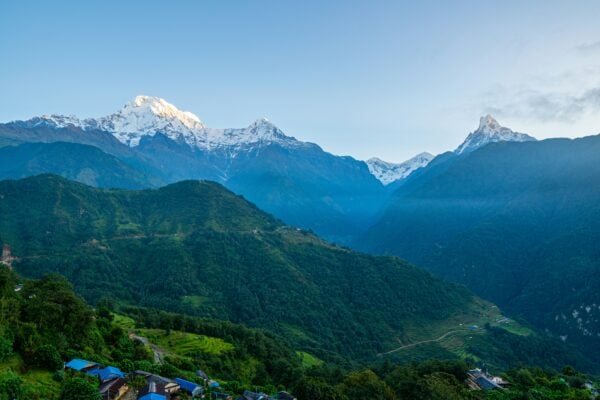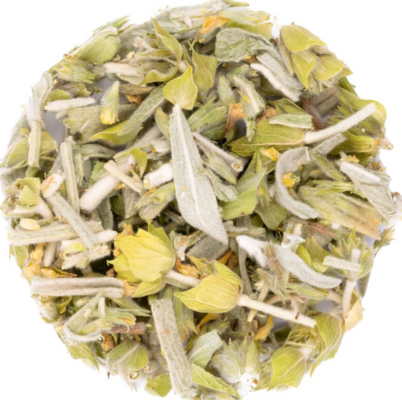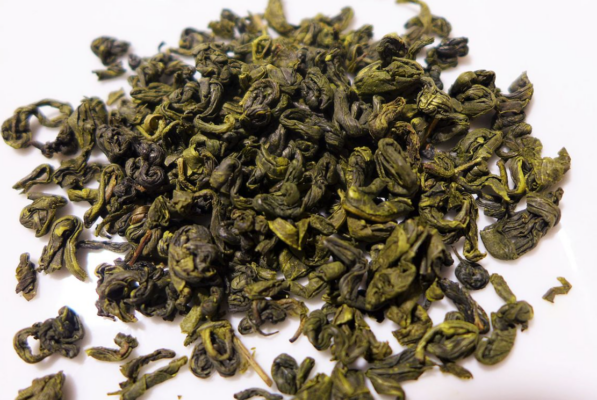High up in the Wuyi mountains in the Fujian province of China, on a steep cliff, there grows an Oolong tea that is so precious and rare that in 2002 it fetched a price that was 30 times more than the price of gold. To put this into perspective, during the first half of the 20th century a pound of Da Hong Pao tea held the equivalent value of 5000 pounds of rice or ten buffaloes. Because of its rarity and quality, Da Hong Pao or “Big Red Robe” is also known as ‘The King of Tea’.
As with most teas held in high esteem in China, the origin of Da Hong Pao is surrounded by legend. The story goes that during the Ming Dynasty a scholar was taking the Imperial exam, but on his way there he fell ill. As fate would have it, he encountered a monk who provided him with a special cup of tea that had an healing effect on the scholar, who proceeded to not only take the exam, but also passed with the highest score, for which he was awarded an imperial red robe. When the scholar returned to the monk to thank him he paid respects to the miraculous tea bush by placing his red robe over it, which is where it gets its name.

Authentic Da Hong Pao tea is made from the leaves of mother trees that have grown in the wild on the Jiulongyu cliff for hundreds of year, trees of which only six remain to this day. The rocky soil where the trees grow contributes to the mineral rich taste of the tea and the limited amount of tea that could be harvested from this area significantly added to the tea’s expensive price. In 2006 the Chinese government decided to place the mother trees under protective status and prohibited the private plucking of any of the trees. One of the last batches collected from the trees now sits in the Palace Museum in Beijing. The next best thing, purebred Da Hong Pao, is made from genetically identical tea bushes grown out of cuttings cultivated from the original trees, which is still very expensive.
The production process of Da Hong Pao consists of picking the fresh leaves once a year around May or June. The leaves are then withered in the sun before being moved inside and cooled. Subsequently, the leaves are shaken and rolled in a large bamboo sieve in order to induce oxidation of the polyphenols inside the leaves, a process which contributes greatly to the taste and fragrance of the tea. Then the leaves are either stir-fried and kneaded either mechanically or by hand. The final step is “baking” the tea in a big basket.
These days you might have seen Da Hong Pao show up in specialty tea stores or even select supermarkets for quite reasonable prices. These teas are actually blends for which tea-sellers use the famous “Da Hong Pao” name to market tea that is grown in the same area or approximates its flavor profile. So while for most of us it would be impossible to truly experience the taste of Da Hong Pao, the silver lining is that we can enjoy something similar for a fraction of the price.



